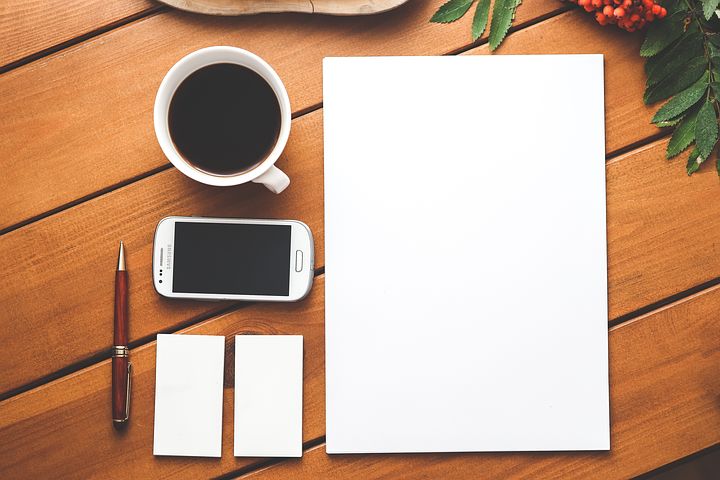If you’re going to network, you don’t really need business cards, right? Wrong. So many things are digital now, and sometimes you might be tempted to exchange only email addresses with someone, but giving them your business card still matters. If you want people to remember both you and your business, then you can’t afford to skip them. That doesn’t mean you have to spend half of your marketing budget on them, but a good business card can do a lot more work than many people realize. Here are three reasons why you need to take a stack of cards with you the next time you attend a business event.
We Still Like Physical Text
When e-books were first introduced, industry observers expected them to be the death knell for physical books. Why would anyone want to lug around a physical book when downloading an e-book is so much more efficient? Then something funny happened: E-book sales started falling even as physical book sales began rising. That shows people still find value in something they can carry around, whether that’s the latest novel by Stephen King or a business card.
A publishing executive in the UK said, “We somehow lost confidence in the power of the word on the page, which was a bad moment.” Don’t make that same mistake. If e-books and physical copies of books can live alongside each other, than your physical business card can co-exist just fine with the LinkedIn page that exists only on the Internet. The old and new forms of technology can complement each other instead of battling to the death.
Business Cards are Simple
Speaking of LinkedIn, the business-centric social media network claims to have 500 million users as of 2017. When you apply for a job now, the company is just as likely to ask for your LinkedIn page as for your resume. If you don’t have a page, you risk looking like you’re behind the times. It’s another work-related obligation in a world full of them. You’re not exactly writing a book about yourself, but you are expected to summarize your work history, education, and anything else that might be relevant.
It can get exhausting fast. By comparison, a business card is refreshing and simple. Most business cards are 3.5 inches wide and 2 inches high, which is the ideal size for a wallet or purse. You can go a little bigger than that if you want, but not too much bigger. 90 percent of them have the same basic design, regardless of whether you’re making business cards in Houston, Texas or in Harlem, New York. You get a few lines of text. You don’t need to list your college major or provide bullet points explaining your current job duties. You can, however, list a name, title, email address, and phone number, plus maybe a small, non-assuming photo. Business cards are a cold drink of water in a world full of increasingly complicated smoothies.
They’re an Ideal Way to End a Conversation
This last part is a little sneaky, but have you ever been at a networking event when the conversation lags? It’s awkward, and it will happen no matter how good you are at listening and asking questions. These sort of events are usually about quality instead of quantity. It’s like speed-dating for MBAs, so you should feel free to excuse yourself and move onto the next person at the event. Smoothly handing over your business card is much more elegant than just waving and saying, “See you later!” It’s a way to close the interaction. You have their business card, and they have yours, and now you can get in touch later if you think of something else worth mentioning.



